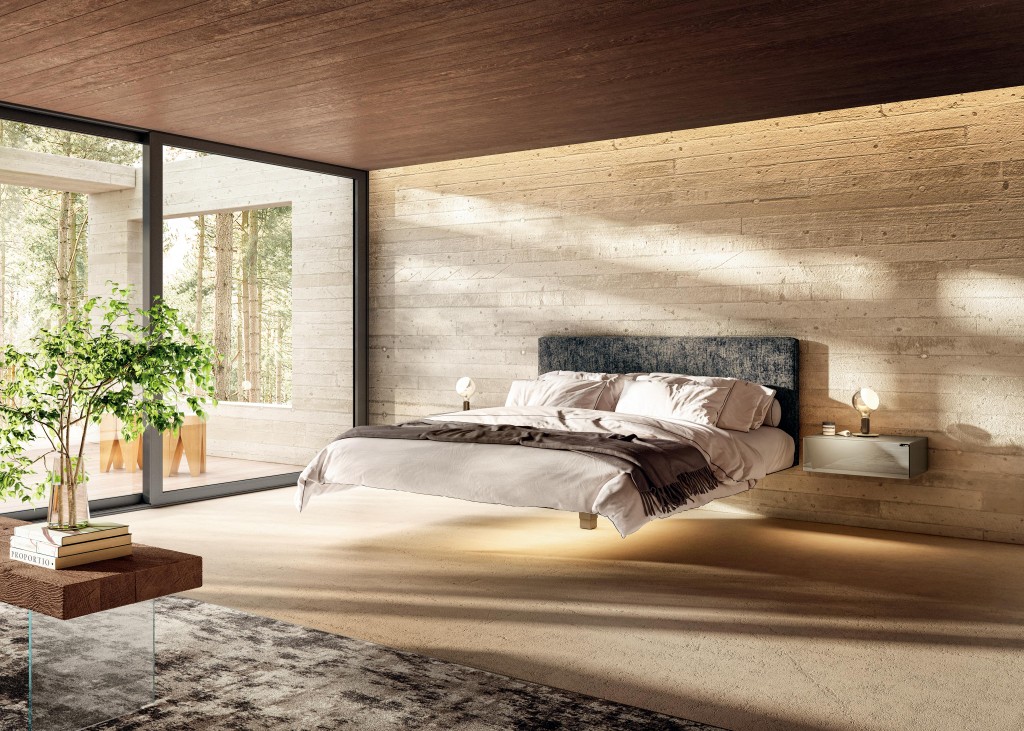The Subtle Elegance: How Italian Design Redefines the Concept of Luxury
In the domain of interior design, luxury has long been associated with ostentatious opulence and overt wealth. However, a new trend is emerging, redefining the concept through subtle elegance. This refined approach finds its most accomplished expression in Italian design.
But how does Italian design, with its unique blend of tradition, innovation, and quality, breathe new life into the concept of luxury in the modern world? Let’s explore how the subtle elegance of these creations transforms living spaces into sanctuaries of sophistication and comfort.
History and evolution of Italian design
Italian design draws its roots from a rich cultural and artistic history. From influences of the Renaissance to modern movements like Futurism, Italy has always been at the forefront of creativity and innovation.
Over the decades, Italian designers have evolved, integrating new technologies while maintaining a profound respect for traditional craftsmanship techniques. This combination of old and new is one of the characteristics that make Italian design an essential reference in the field of luxury.
The principles of subtle elegance
Subtle elegance in Italian design is based on a few key principles. Minimalism, for example, plays a central role. Clean lines and simple forms create a serene and sophisticated environment.
Craftsmanship quality is also essential: each piece is designed with meticulous attention to detail, using noble and durable materials. This approach emphasizes functionality without sacrificing aesthetics, allowing for the creation of living spaces that are both beautiful and practical.
Additionally, visual harmony is sought through the balance of elements and proportions. The whole creates an atmosphere of calm and elegance, where each item is carefully considered for its contribution to the whole. By combining these principles, Italian design manages to create a timeless aesthetic that transcends fleeting trends.
The main features of Made in Italy furniture
Modern Italian furniture stands out for its unique characteristics that embody subtle elegance. Clean lines and simple shapes dominate the design, creating a timeless aesthetic that transcends trends.
The materials used are of the highest quality: metal, solid wood, tempered glass, and refined textiles. They are chosen not only for their beauty but also for their durability, ensuring that each piece retains its brilliance over time.
The balance between functionality and aesthetics is another key characteristic. Italian furniture is designed to be used and admired. Every detail, from material selection to finishing, is carefully thought out to provide a luxurious everyday experience.
The role of colors and textures
In Italian design, colors and textures play a crucial role in creating an elegant and welcoming atmosphere. Color palettes are often subdued, favoring neutral tones such as beige, gray, and white. These colors serve as the perfect backdrop to highlight natural materials and artisanal details.
Textures add depth and character to spaces. Metal, natural wood, tempered glass, and sumptuous fabrics combine to create a rich and tactile environment. By playing with contrasts of textures, Italian designers manage to create interiors that are both visually captivating and comfortable.
Italian design and sustainability
Today, Italian design increasingly integrates sustainable and environmentally friendly practices. Artisans are committed to using recycled materials and eco-friendly manufacturing processes, without compromising quality or aesthetics. This sustainable approach adds a new dimension to luxury, where beauty is married with environmental responsibility.
In conclusion, Italian design redefines contemporary luxury through subtle elegance. By prioritizing quality, durability, and sleek design, it creates refined and timeless living spaces.
The excellence of LAGO products: Italian furnishing solutions that meet every requirement
Founded in 1976 by Giuseppe Lago, LAGO has quickly distinguished itself as a major figure in the world of Italian interior design. This company is renowned for its elegant and high-quality furniture, entirely made in Italy. Their influence is not limited to the aesthetic enhancement of domestic spaces, but also extends to commercial environments such as boutiques, restaurants, and hotels, where they add a distinctive touch to the atmosphere.
LAGO considers design as a powerful tool for social transformation. Indeed, it is a discipline that goes beyond simply creating products; it aims to generate meaning. Thanks to this vision, the company designs spaces that have a significant impact on quality of life. By focusing on empathy and culture, LAGO seeks to establish a deep harmony between interior environments and the people who inhabit them daily.
The items in the LAGO collection are distinguished by their modular and versatile design, offering exceptional customization and flexibility. Suited to a diverse clientele, these furniture pieces are characterized by their clean and minimalist lines, adorned with an elegant and timeless design.
The manufacturing of LAGO products relies on the use of high-quality and environmentally friendly raw materials. At the heart of the company’s philosophy lies a commitment to excellence and quality. Each piece of furniture in the collection results from thorough research and meticulous study.
Currently, LAGO enjoys a constantly expanding community, with over 25 million users. The company is actively involved in improving its digital ecosystem, as evidenced by the online configurator, personalized furnishing consultations, and the brand-new website launched in 2023. The latter was specially designed to enhance the user experience while reducing costs and environmental impact.
LAGO’s history traces its origins back to the late 19th century when the first wooden furniture was manufactured. Under the leadership of Daniele Lago, the company has evolved and expanded its presence on the international stage by combining modern design with an innovative digital approach.
Benefiting from a team of qualified managers and over 200 collaborators, LAGO continues its global expansion. With a presence in more than 20 countries, the company collaborates closely with a network of over 400 selected stores.

